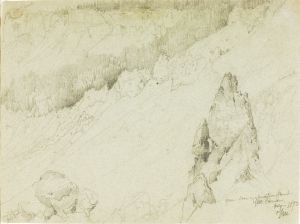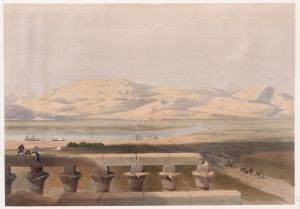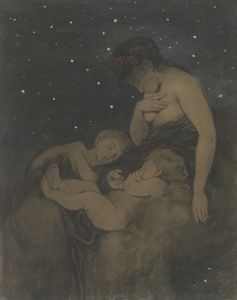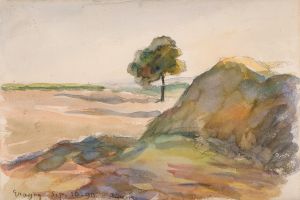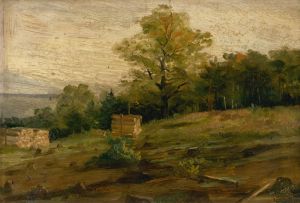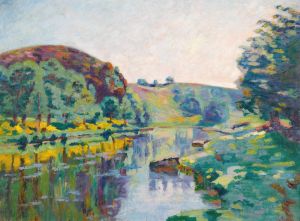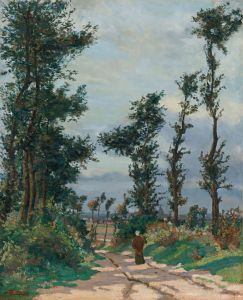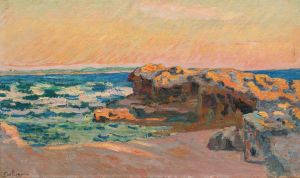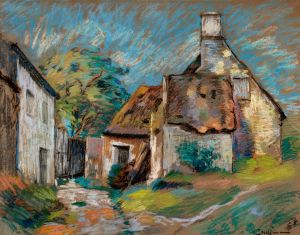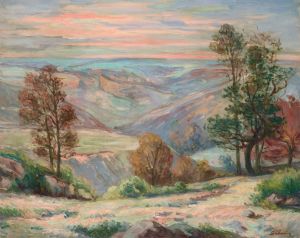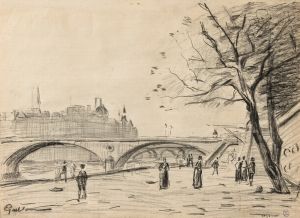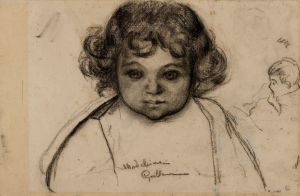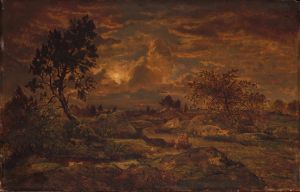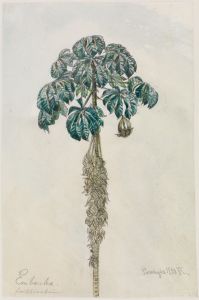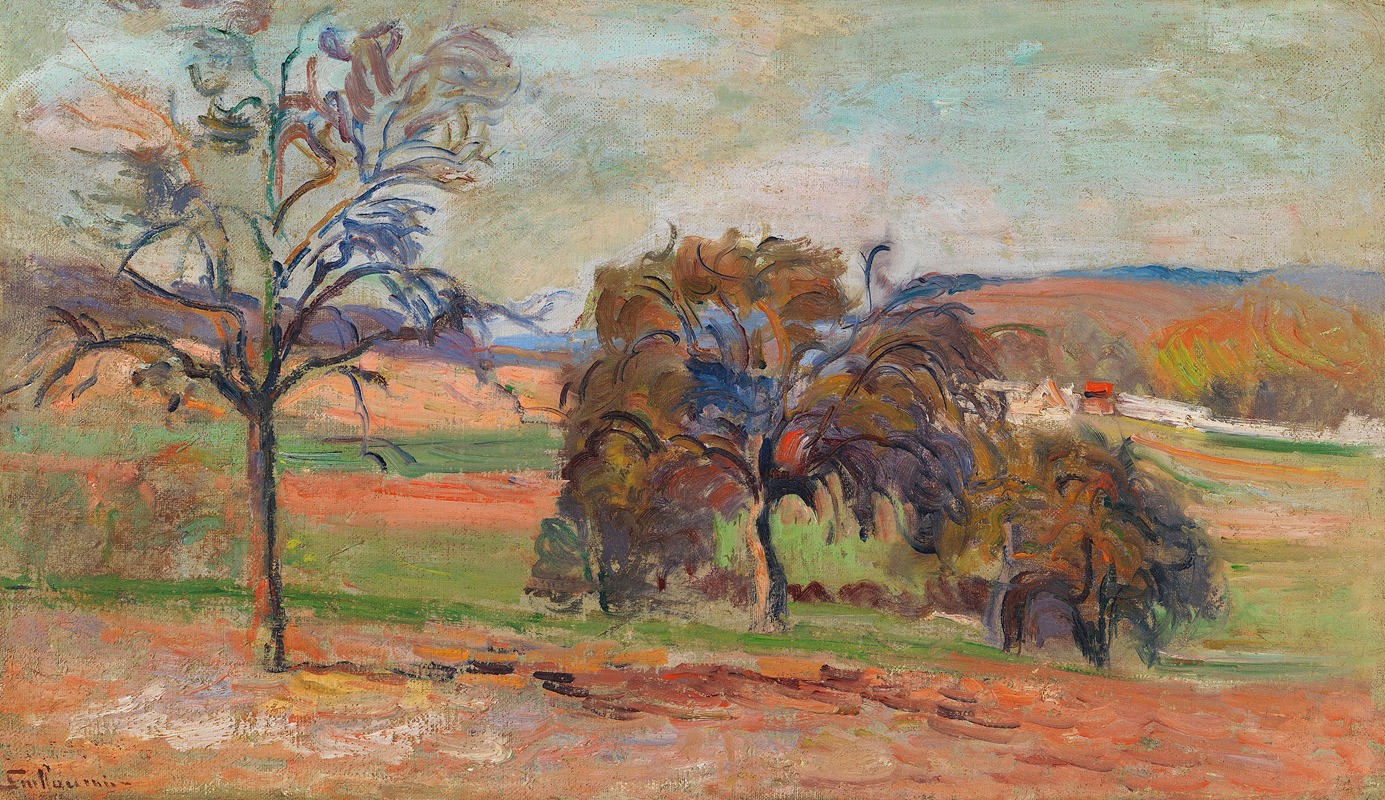
Paysage boisé
A hand-painted replica of Armand Guillaumin’s masterpiece Paysage boisé, meticulously crafted by professional artists to capture the true essence of the original. Each piece is created with museum-quality canvas and rare mineral pigments, carefully painted by experienced artists with delicate brushstrokes and rich, layered colors to perfectly recreate the texture of the original artwork. Unlike machine-printed reproductions, this hand-painted version brings the painting to life, infused with the artist’s emotions and skill in every stroke. Whether for personal collection or home decoration, it instantly elevates the artistic atmosphere of any space.
Armand Guillaumin was a notable French Impressionist painter, renowned for his vibrant use of color and his depictions of the French landscape. Born on February 16, 1841, in Paris, Guillaumin became associated with the Impressionist movement, which sought to capture the effects of light and atmosphere in their works. Although he was not as widely recognized as some of his contemporaries, such as Claude Monet or Pierre-Auguste Renoir, Guillaumin's contributions to the movement were significant, particularly in his use of bold colors and expressive brushwork.
"Paysage boisé" is one of Guillaumin's many landscape paintings, showcasing his skill in capturing the natural beauty of the French countryside. The title translates to "Wooded Landscape," indicating the subject matter of the painting. Guillaumin had a particular affinity for painting en plein air, a technique that involves painting outdoors to directly capture the light and atmosphere of the scene. This approach is evident in "Paysage boisé," where the interplay of light and shadow across the wooded landscape is a central feature.
Guillaumin's work is characterized by its vivid color palette, and "Paysage boisé" is no exception. The painting likely features a rich array of greens, blues, and earth tones, reflecting the lushness of the forested area. His brushwork is typically loose and expressive, allowing him to convey the movement and vitality of the natural world. This technique helps to create a sense of immediacy and presence, drawing the viewer into the scene.
Throughout his career, Guillaumin was deeply influenced by his surroundings. He often painted the landscapes of the Île-de-France region, as well as other areas such as the Creuse Valley and the region around Saint-Palais-sur-Mer. His works frequently depict rivers, hills, and rural settings, capturing the tranquility and beauty of these locales. "Paysage boisé" fits within this broader context of Guillaumin's oeuvre, reflecting his ongoing fascination with the natural environment.
Despite his talent, Guillaumin struggled financially for much of his life. He worked various jobs, including a position with the French railway, to support his art. It was not until he won a substantial lottery prize in 1891 that he gained financial independence, allowing him to focus more fully on his painting. This newfound freedom likely contributed to the prolific output of his later years.
Guillaumin's work was exhibited alongside other Impressionists in several of their group exhibitions, helping to establish his reputation within the movement. While he may not have achieved the same level of fame as some of his peers, his paintings are appreciated for their vibrant color and emotive power. Today, his works can be found in various museums and private collections, continuing to captivate audiences with their beauty and intensity.
In summary, "Paysage boisé" by Armand Guillaumin exemplifies the artist's mastery of color and light, as well as his deep connection to the natural world. Through his expressive brushwork and vivid palette, Guillaumin captures the essence of the wooded landscape, inviting viewers to experience the tranquility and beauty of the scene.





